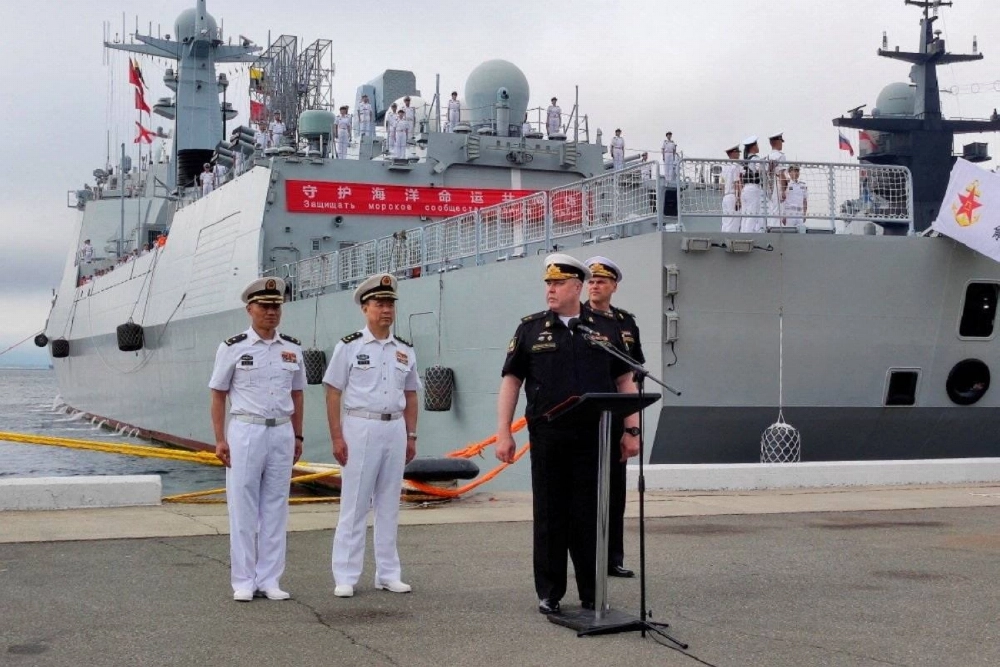The much-hyped Trump-Putin Alaska summit ended Friday without any agreement on Ukraine, despite both leaders hailing the “progress” made. U.S. President Donald Trump conceded that no deal was reached, while Russian President Vladimir Putin insisted they had achieved an “understanding.”
The meeting, filled with pomp but lacking substance, only reinforced the perception of Trump’s transactional style — warmth for adversaries but little clarity on outcomes. Just before the Alaska summit, Trump also claimed that Chinese President Xi Jinping had privately assured him that China would not invade Taiwan during his tenure, underscoring the unpredictable yet highly consequential impact of Trump’s diplomacy on global security.
These developments form the backdrop against which Trump’s renewed tariff wars must be understood. His second term in the White House is dramatically reshaping the global geopolitical landscape, particularly in trade and strategic alignments. While some of these changes may be guided by his ambition to “make America great again,” there is a growing sentiment — both within and outside the United States — that his actions are shaped as much by pay-to-play and personal motivations as by strategic vision. At the heart of these shifts lies a reinvigorated tariff war, which has not only targeted traditional rivals like China but also extended to strategic partners in the Indo-Pacific such as Japan and India.


















With your current subscription plan you can comment on stories. However, before writing your first comment, please create a display name in the Profile section of your subscriber account page.